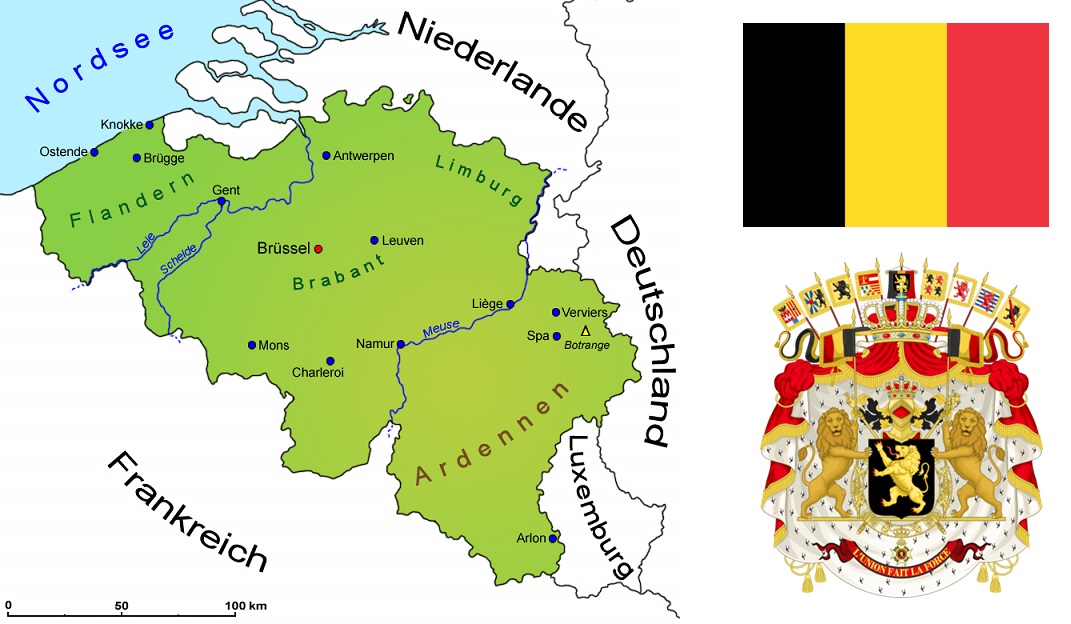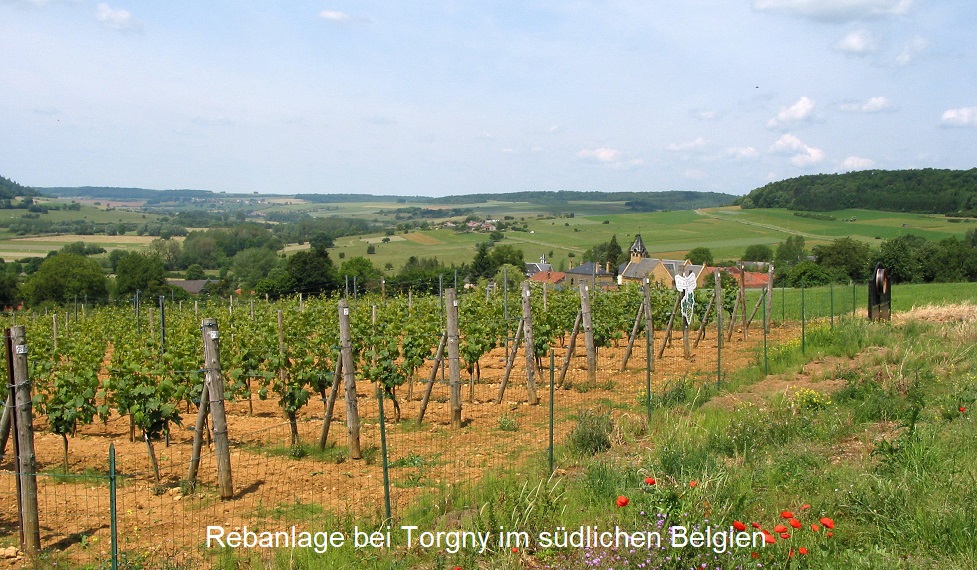Results
2,284 Results
Loading more Results ...
Loading more Results ...
Description to Belgium
The Kingdom of Belgium (Dutch: België, French: Belgique) in Western Europe with its capital Brussels covers 30,688 km². It lies between the North Sea and the Ardennes and borders the Netherlands to the north, Germany and Luxembourg to the east and France to the south. The north of the country with the Flemish is Dutch, the south with the Walloons is French and East Belgium is German. Together with the neighbouring state of Luxembourg and the Netherlands, the Benelux states are formed.

History
Viticulture has a long tradition despite its minor economic importance. In the 9th century, under Emperor Charlemagne (742-814), monks in southern Belgium began to cultivate vines. There were vineyards on the Meuse around Antwerp, Brabant, Hainaut, Liège and Naumur. Even in the early Middle Ages, wines from Flanders (today the two provinces of East and West Flanders, the remaining part is in France) were highly valued and the centre of the northern European wine trade. In the 15th century, due to climatic changes in connection with the Little Ice Age and competition from Burgundy, viticulture was abandoned.

Viticulture
In the 1970s, vineyards were planted again in Belgium for the first time. Belgian wine legislation is largely based on that of neighbouring France. There are several AOC quality wine areas (Kwaliteitswijn) and country wine areas (Landwijn). In the Flanders region, these are Hagelland, Haspengouw, Heuveland and Maasvallei Limburg (together with the Netherlands). In the Walloon region, these are Côtes de Sambre et Meuse, as well as the two sparkling wines Crémant de Wallonie and Vin mousseux de qualité de Wallonie.
The country wines Vin de pays des jardins de Wallonie (Wallonia) and Vin de Pays Flamand (Flanders) can be produced in the entire region. Certain grape varieties are authorised for each AOC. These are the white wine varieties Auxerrois, Bacchus, Chardonnay, Kerner, Müller-Thurgau, Optima, Ortega, Pinot Gris, Riesling, Schönburger, Siegerrebe and Würzer as well as the red wine varieties Domina, Dornfelder, Gamay, Lemberger (Blaufränkisch) and Pinot Noir.
Vineyards
In 2022, the vineyards covered 602 hectares of vines with only 30,000 hectolitres of wine production. The largest vineyard is Wijnkasteel Genoels-Elderen. Wine requirements are mainly covered by imports from France. The cultivation of table grapes is of great importance; in 1862, Felix Sohie in Huldenberg founded the cultivation under glass. Today there are thousands of greenhouses in which the Alphonse Lavallée and Leopold III varieties in particular are grown.
Map: © Goruma
Flag: by Dbenbenn - Own work, Public domain, Link
Coat of arms: by Sodacan, Katepanomegas, CC BY-SA 3.0, Link
Torgny: by Jean-Pol GRANDMONT - Own work, CC BY-SA 3.0, Link
Source 1st paragraph: WIKIPEDIA Belgium